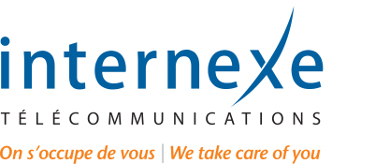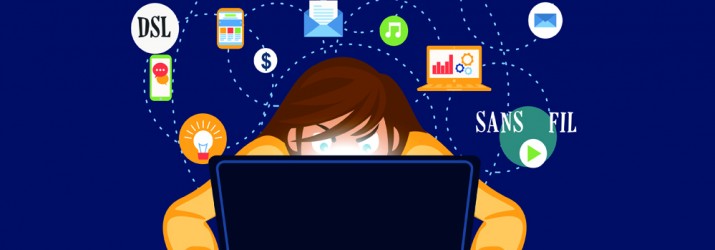Welcome to the iTeract blog!
We will be touching on various issues that deal with the technological world, with a special interest in all things related to high speed internet.
iTeract operates its own wireless high speed internet network via towers and relays located in the Eastern Township’s and Montérégie regions of Quebec. Our mission is to provide competitive upload and download speeds to those customers who have been forgotten by traditional internet providers.
We often get questions with regards to how internet is delivered to the customers homes. Here is a brief summary of the different technologies that can be used to deliver internet.
Fixed Wireless
This is the technology that iTeract uses. We have transmission equipment that distributes the signal to customers by creating an invisible link from our location to the customer’s location. Radio frequency bands replace cables or phone wire to deliver the internet. We must have a line of sign from the customer’s location to one of our many access points. If over time trees or branches block the signal to the access point, the performance could be affected. The fixed wireless equipment that we use can reach speeds comparable with fiber optic networks, without having to invest in long fiber optic cabled networks.
Mobile
Cell phone providers have voice and data networks that allow people to access the internet. The challenge when using cellular signal for data is that the cost for the bandwidth is very high compared to other technologies. Mobile cellular internet does allow you to travel with your internet service. Some providers call their products HUBS, STICKS or TURBO STATIONS.
DSL
DSL, which stands for Digital Subscriber Line, uses existing 2-wire copper telephone line connected to one’s home so service is delivered at the same time as landline telephone service. Customers can still place calls while surfing the Internet. You must live close to a telephone hub or central to be able to get DSL internet.
Cable
Cable Internet connection is a form of broadband access. Through use of a cable modem, users can access the Internet over cable TV lines. Once again, cable must be in your area for this service to work.
Satellite
When no other alternative exists, this technology uses geostationary satellites. To receive satellite internet you need a satellite dish to be installed at your location. Speed and reliability can be affected during snow storms or heavy rain.
Let us know if you have any questions or topics that you would like us to tackle in this space.
The iTeract team
stephanie@iteract.net

